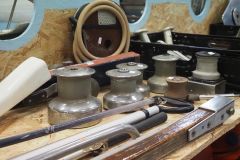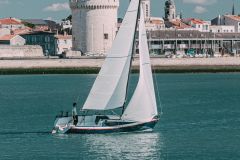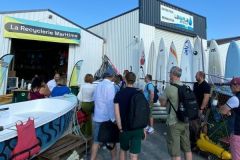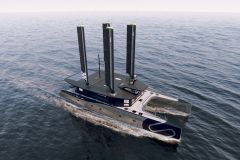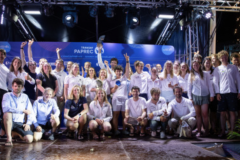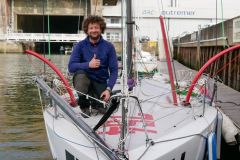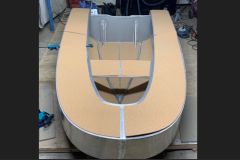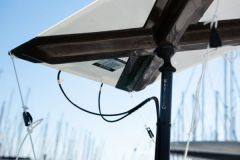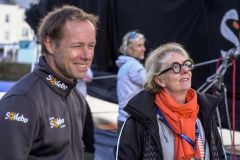Furniture from the remains of ocean-racing yachts


Brutalux sources its raw materials from shipyard parking lots and technical bases. One of the most emblematic examples is the bow of the Geronimo trimaran, which won the Jules Verne with Olivier de Kersauson. When the boat was taken over by Thomas Coville, the team replaced the mast and central hull.
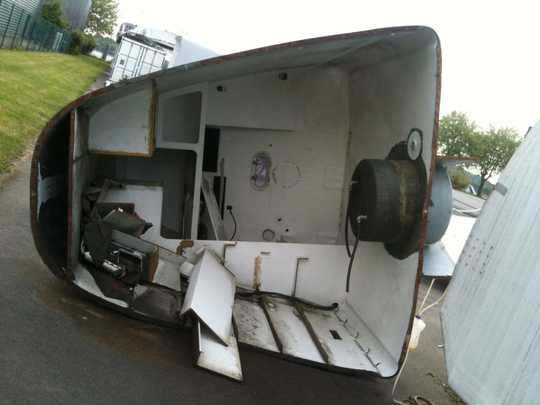
Before the hull was scrapped, the Brutalux team cut out some of its components and transformed them into furniture. The same applied to a spar left over from Sodebo's dismasting, which was recovered for recycling.
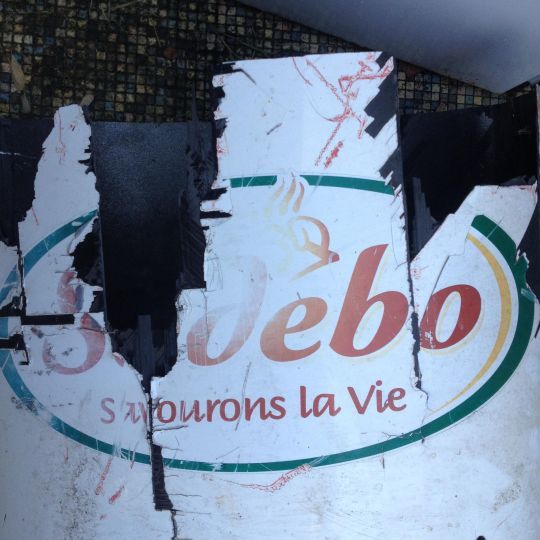
The result is atypical, one-piece pieces in high-modulus carbon, whose lightweight structure lends itself surprisingly well to interior furnishings. Carefully diverted, these ultra-technical elements are given a raw edge, often without superfluous additions: rivets, sandwich thickness and paint residues tell the story of the race.

Radical aesthetics

Far from the smooth lines of classic furniture, each Brutalux creation proudly displays its scars. The pieces are often signed directly on the material, preserving traces of original markings, sponsor logos or salt-weathered hues.
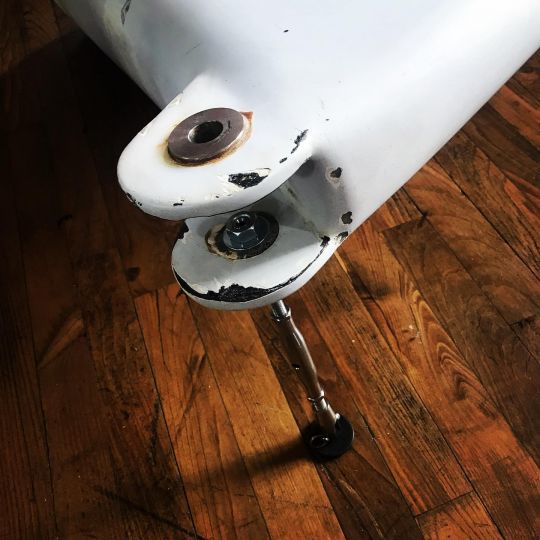
This aesthetic choice reflects a desire to conceal nothing of the materials' past, while at the same time asserting the importance of functional, durable and meaningful furniture. Some parts are still available and can be seen directly in the workshop.
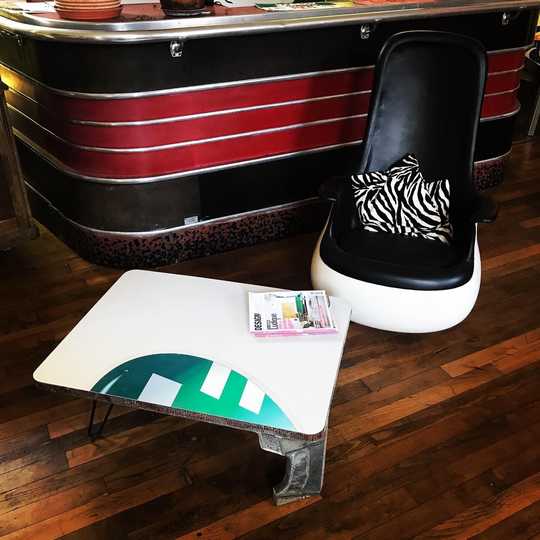
A very limited edition collection
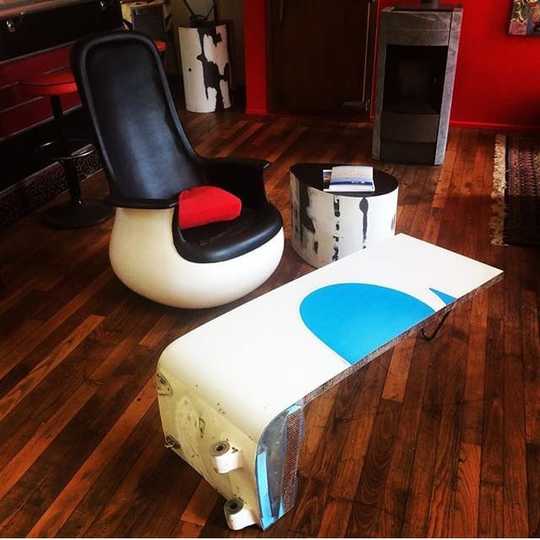
Each piece of Brutalux furniture is unique and non-reproducible, as it comes directly from original pieces that are often singular or very rare. This exclusive character appeals to sea enthusiasts and those who simply love narrative design.
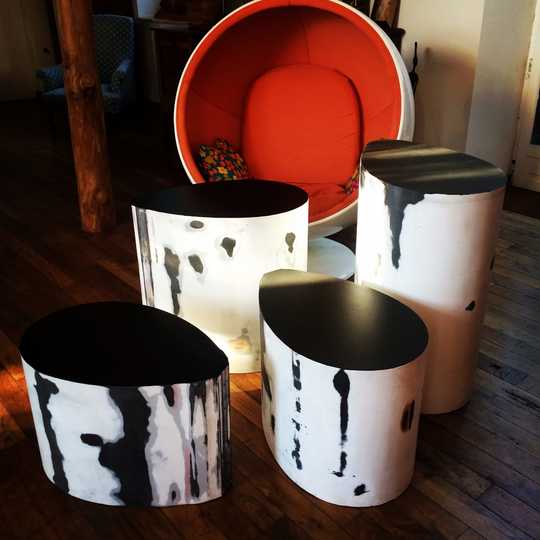
Brutalux offers a new way of bringing together interior design and nautical culture, giving a tangible second life to the boats that have marked the history of ocean racing.

 /
/ 




